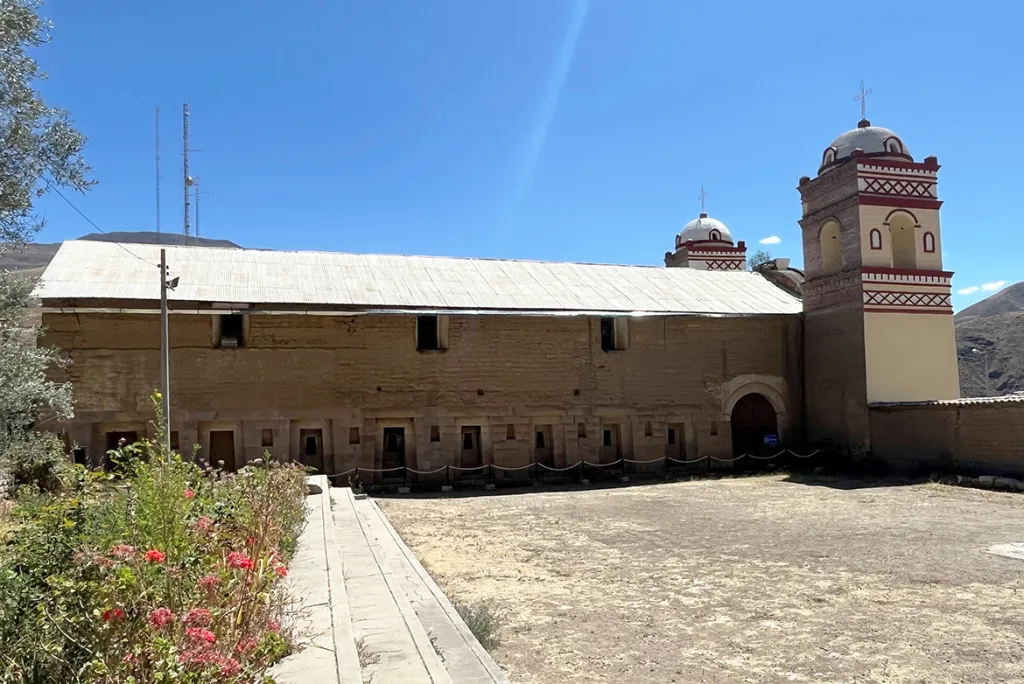A 15th-century Inca building in the remote Peruvian town of Huaytará may have been constructed for the purpose of amplifying sound and music.
The carpa uasi, or tent house, is made of stone and is the only known one of its kind, with three walls and an opening along one side. It is thought to have been erected in the mid-15th century, and it has an open structure that makes the building less stable than most other Inca constructions. The structure survived because a Christian church was erected on top of it, stabilizing the structure below.
This architecture is unusual for the Inca, who are known for intricately designed and durable buildings. As such, it caught the attention of Stella Nair, an art historian at University of California, Los Angeles (UCLA), who began researching the purpose for its construction.
Nair and her colleagues theorized that the design would have amplified such low sounds as drums that would have announced the beginning and end of a battle. They believe the sound of the drum, for instance, would have been aimed at the building’s opening, to reverberate outward.
Nair, in collaboration with a team of acoustic experts led by Stanford University music professor Jonathan Berger, took measurements of the existing structure and will use drawings, photographs, and 3-D modeling to try to recreate the roof. Through this further research, they will then try to understand how the building’s form may have influenced its overall functionality, producing a model for how the sound would have theoretically traveled.
“We’re exploring the possibility that the carpa uasi may have amplified low-frequency sounds, such as drumming, with minimal reverberation,” Nair said in a statement. “With this research, for the first time, we’ll be able to tell what the Incas valued sonically in this building.”
Nair’s work has been supported with a grant from the UCLA College Division of Humanities, while Berger received funding from the Templeton Religion Trust for the project.
